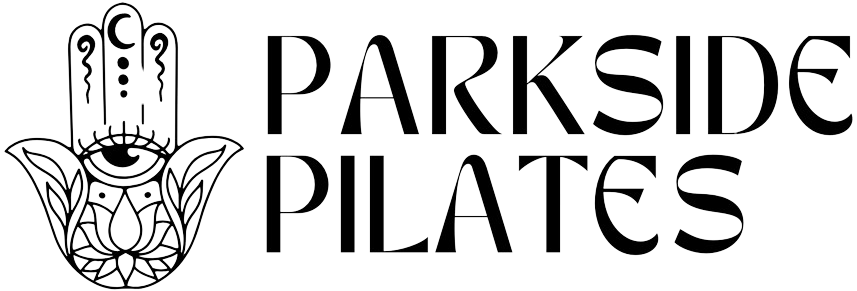Diastasis recti is a condition that affects many women, especially those who have recently given birth. It is a separation of the rectus abdominis muscle, the muscle that runs vertically down the middle of the abdomen, and can cause a bulge in the belly. While surgery is an option to repair diastasis recti, there are non-invasive options that can be very effective, such as Pilates.
Pilates is a form of exercise that focuses on strengthening the core muscles, including the rectus abdominis. It is a low-impact exercise that can be done by people of all ages and fitness levels, making it a great option for those looking to strengthen their core muscles without putting too much strain on their body. Pilates can also help improve posture and balance, reduce back pain, and increase flexibility and mobility.
One of the key benefits of Pilates for diastasis recti is that it focuses on engaging the transverse abdominis, which is the deepest layer of abdominal muscles. This muscle helps to support the internal organs and is often weakened during pregnancy, leading to diastasis recti. By strengthening the transverse abdominis, Pilates can help to repair the separation in the rectus abdominis muscle.
Here are some Pilates exercises that can be helpful for diastasis recti:
- Pelvic Tilt: Lie on your back with your knees bent and feet flat on the floor. Inhale deeply and as you exhale, tilt your pelvis up towards your belly button, flattening your lower back against the floor. Inhale to release.
- Single Leg Stretch: Lie on your back with your knees bent and feet flat on the floor. Lift your head and shoulders off the floor and bring your right knee towards your chest, holding onto your shin with both hands. Straighten your left leg out at a 45-degree angle. Switch legs and repeat.
- Shoulder Bridge: Lie on your back with your knees bent and feet flat on the floor. Lift your hips up towards the ceiling, keeping your shoulders and feet on the ground. Hold for a few breaths, then lower your hips back down.
- Plank: Start on your hands and knees with your wrists directly under your shoulders. Step your feet back into a plank position, keeping your core engaged and your back flat. Hold for a few breaths, then lower back down to your hands and knees.
- Side Plank: Start in a plank position. Shift your weight onto your right hand and rotate your body to the right, lifting your left arm up towards the ceiling. Hold for a few breaths, then switch sides.
It’s important to work with a qualified Pilates instructor or Physiotherapist who can assess your diastasis recti and provide modifications and progressions that are safe and effective for you.
If you would like to work with me or have any questions about how I can help your Diastasis Recti please DM or email at renee@parksidepilates.com.au
#parksidepilates #parksidepilatesearlwood #diastasisrecti




